
The difference being their old self was always longing for material satisfaction of
the Status Quo and that of trying to keep up with the Joneses across the world and that fulfillment they never really reached in life. Whereas the old spiritual soul is more satisfied because they acquired the certain knowledge in their life that the others often overlooked or forgot about in the Rat Race to acquire.
So they are alone in their lost soul…lost of the respect they deserve because they chase everybody that understands them away from them. Like the Rabbit and Turtle the turtle was more reluctant and patient to understand their walk upon life. Because they found a deeper love that they can feel and understand thereby finding true happiness in their Life.
Both brotherhood and sisterhood have ego problems and nobody wants to learn to listen to one another. They are jealous because you decided to help others instead of building a chain reaction like an atomic bomb that is explosive within themselves because they lack the understanding of the life that you achieved… in your inner circle of friends.
Instead, they have built an inner circle that competes against themselves and love to see things get broken because that’s the type of energy they survive on.
And they Love to talk About You
Saying the opposite things, they see in you to make it look bad for you and make them
feel better about themselves. They are empty inside with an inner emptiness that all their money can’t buy them to equate to your happiness. We empaths have a love for ourselves from the backside of our hearts. From learning through our reading, watching, observing and judging others from what we have witnessed through the years.
Today I live in silence not willing to give away what I have learned through the years and that hurts them even further. More often than not I try to make them see the difference in myself and them. Also, if I did not try, all my experiences in my life would be lost and they would not learn a new way of living. If we accept that all of humanity is humiliating itself, our divine pure self has lost the game.
They want us to be weak, because if you and I are weak they can control our actions, control our thoughts. Therefore, People need to realize that the Universe has a collective consciousness that enriches all of humanity if the intentions are forthright and pure of heart. Presently, the power of humanity is in the wrong hands, and their evilness is projected on all of life every second of every day. Most don’t realize this because they aren’t aware and cannot imagine how deeply our collective consciousness is anchored
into the universe. ~ Giorgia Boschetti – Munich Germany
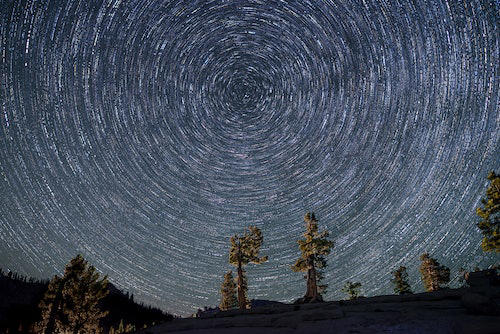
A New Study Says We May Be Living in a Variable Universe (msn.com)
God Gave Humans Dominion over Earth – Search (bing.com)
The word dominion means “rule or power over.” God has sovereign power over His creation and has delegated the authority to mankind to have dominion over the animals (Genesis 1:26). David reinforces this truth: “You made [mankind] rulers over the works of your hands; you put everything under their feet” (Psalm 8:6). Humanity was to “subdue” the earth (Genesis 1:28)—we were to hold a position of command over it; we were placed in a superior role and were to exercise control over the earth and its flora and fauna. Mankind was set up as the ruler of this world. All else was subjugated to him.
God’s command to subdue the earth and the animal life in it is a command to have the mastery over all of it. A true mastery (of anything) cannot be accomplished without an understanding of the thing mastered. In order for a musician to master the violin, he or she must truly understand the instrument. In order for mankind to attain mastery over
the animal kingdom, we must understand the animals.
With the authority to rule comes the responsibility to rule well.
There is an inherent accountability in the command to subdue the earth.
Man has a duty to exercise his dominion under the authority of the One who delegated it. All authority is of God (Romans 13:1-5), and He delegates it to whomever He will (Daniel 4:17). The word subdue doesn’t have to imply violence or mistreatment. It can mean “to bring under cultivation.”
Man is to be the steward of the earth; he is to bring the material world and all of its varied elements into the service of God and the good of mankind. The command to subdue the earth is actually part of God’s blessing on mankind. Created in the image of God, Adam and Eve were to use the earth’s vast resources in the service of both God and themselves.
It would only make sense for God to decree this, since only humans were created in God’s image.
When God gave humanity dominion over the animals, it was in order to care for, tend to, and use those animals to their fullest potential in a just manner. At the time that God gave mankind dominion over the animals, humans did not eat meat (Genesis 1:29). Eating meat did not begin until after the Flood (Genesis 9:1–3), and it was at that time that animals started to fear humans. However, although God changed the way we interact with animals, in that they are now “meat,” we still bear a responsibility to treat animals humanely. Human rule over animals does not mean we have the right to mistreat or misuse those animals.
Having dominion over the animals should entail a humane management of them as the resource God has ordained them to be. We should consider that mankind was given the task (and blessing) of representing God in this world. We are the caretakers. We hold sway over all the earth, and we (bearing God’s image) bear a responsibility to act as God would. Does God misuse His creation? No. Is God unwise in His management of resources? No.
Is God ever cruel or selfish or wasteful? No. Then neither should we be. Any misuse or mistreatment of God’s creation is the result of sin, not the result of following God’s original command. We must fulfill our duty to manage the earth wisely until that time when the wolf shall lie down with the lamb in the kingdom of Christ (Isaiah 11:6).
Human DNA is trace back to 1280 Neanderthals in Africa – Search (bing.com)
After sequencing the Neanderthal genome, scientists discovered all present day non-African individuals carry some Neanderthal ancestry in their DNA. Now, researchers at Princeton University present evidence of Neanderthal ancestry in African populations,
and its origin provides new insights into human history.
When the first Neanderthal genome was sequenced, using DNA collected from ancient bones, it was accompanied by the discovery that modern humans in Asia, Europe and America inherited approximately 2% of their DNA from Neanderthals — also proving humans and Neanderthals had interbred after humans left Africa.
Since that study, new methods have continued to catalogue Neanderthal ancestry in
non-African populations, seeking to better understand human history and the effects of Neanderthal DNA on human health and disease. A comparable catalogue of Neanderthal ancestry in African populations, however, has remained an acknowledged blind spot for the field due to technical constraints and the assumption that Neanderthals and ancestral African populations were geographically isolated from each other.
In a paper published today in the journal Cell, a team of Princeton researchers detailed
a new computational method for detecting Neanderthal ancestry in the human genome. Their method, called IBDmix, enabled them for the first time to search for Neanderthal ancestry in African populations as well as non-African ones.
The project was led by Joshua Akey, a professor in Princeton’s Lewis-Sigler Institute
for Integrative Genomics (LSI). “This is the first time we can detect the actual signal of Neanderthal ancestry in Africans,” said co-first author Lu Chen, a postdoctoral research associate in LSI. “And it surprisingly showed a higher level than we previously thought,” she said.
The method the Princeton researchers developed, IBDmix, draws its name from the genetic principle “identity by descent” (IBD), in which a section of DNA in two individuals is identical because those individuals once shared a common ancestor. The length of the IBD segment depends on how long ago those individuals shared a common ancestor.
For example, siblings share long IBD segments because their shared ancestor (a parent)
is only one generation removed. Alternatively, fourth cousins share shorter IBD segments because their shared ancestor (a third-great grandparent) is several generations removed.
The Princeton team leveraged the principle of IBD to identify Neanderthal DNA in the human genome by distinguishing sequences that look similar to Neanderthals because we once shared a common ancestor in the very distant past (~500,000 years ago), from those that look similar because we interbred in the more recent present (~50,000 years ago). Previous methods relied on “reference populations” to aid the distinction of shared ancestry from recent interbreeding, usually African populations believed to carry little or no Neanderthal DNA.
However, this reliance could bias estimates of Neanderthal ancestry depending on which reference population was used. The Princeton researchers termed IBDmix a “reference free method” because it does not use an African reference population. Instead, IBDmix uses characteristics of the Neanderthal sequence itself, like the frequency of mutations or the length of the IBD segments, to distinguish shared ancestry from recent interbreeding.
The researchers were therefore able to identify Neanderthal ancestry in Africans for the first time and make new estimates of Neanderthal ancestry in non-Africans, which showed Europeans and Asians to have more equal levels than previously described.
Kelley Harris, a population geneticist at the University of Washington who was not involved in the study, noted that the new estimates of Neanderthal ancestry using IBDmix highlight the technical problem in methods reliant on reference panels. “We might have to go back and revisit a bunch of results from the published literature and evaluate whether the same technical issue has been throwing off our understanding of gene flow in other species,” she said.
In addition to identifying Neanderthal ancestry in African populations.
The researchers described two revelations about the origin of the Neanderthal
sequences. First, they determined the Neanderthal ancestry in Africans was not due to
an independent interbreeding event between Neanderthals and African populations.
Based on features of the data, the research team concluded that migrations from ancient Europeans back into Africa introduced Neanderthal ancestry into African populations.
Second, by comparing data from simulations of human history to data from real people, the researchers determined that some of the detected Neanderthal ancestry in Africans was actually due to human DNA introduced into the Neanderthal genome. The authors emphasized that this human-to-Neanderthal gene flow involved an early dispersing group of humans out of Africa, occurring at least 100,000 years ago — before the Out-of-Africa migration responsible for modern human colonization of Europe and Asia and before the interbreeding event that introduced Neanderthal DNA into modern humans. The finding reaffirmed that hybridization between humans and closely related species was a recurrent part of our evolutionary history.
While the Princeton researchers acknowledged the limited number of African populations they were able to analyze, they hope their new method and their findings will encourage more study of Neanderthal ancestry across Africa and other populations. Regarding the overall significance of the research, Chen said: “This demonstrates the remnants of Neanderthal genomes survive in every modern human population studied to date.”
Like Humans Give A Chimpanzees a Beer they will chug it – Search (bing.com)
What Came Before Humans? | Unveiled | Watch (msn.com)
It’s true that chimpanzees have been observed engaging in behaviors that resemble human alcohol consumption. Studies have documented that chimpanzees in certain regions have used tools like leafy cups to drink naturally fermented sap from palm trees, which can contain alcohol levels comparable to some beers 1.
This behavior is not the result of direct human influence, as the chimpanzees create their own tools to access the fermented sap. However, it’s important to note that this behavior
is not universal among all chimpanzees and may not be indicative of their preferences,
but rather an opportunistic use of available resources 1 2 3 4 5.
In any case, it’s crucial to remember that providing alcohol to animals is not safe or ethical, as it can have harmful effects on their health and well-being. The observations
in the wild are also of chimpanzees accessing naturally occurring sources of alcohol,
which is very different from humans giving alcohol to animals.
“Identifying and Interpreting Apparent Neanderthal Ancestry in African Individuals,”
by Lu Chen, Aaron B. Wolf, Wenqing Fu, Liming Li and Joshua M. Akey, appears in the Feb. 20 issue of Cell, with an advance online publication on Jan. 30 (Chen et al., 2020, Cell 180, 1–11, DOI: 10.1016/j.cell.2020.01.012). The research was supported by the National Institutes of Health’s National Institute of General Medical Sciences (R01 GM110068).
The largest map of the cosmos hints that dark energy is changing.
It could prove Einstein wrong and upend a pillar of modern physics.



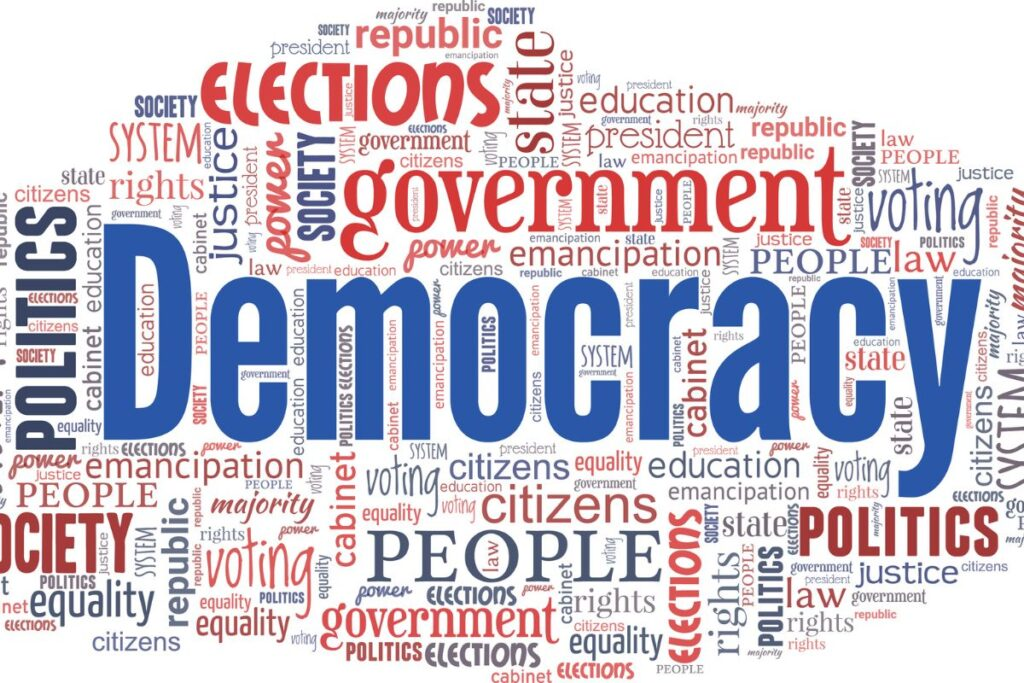
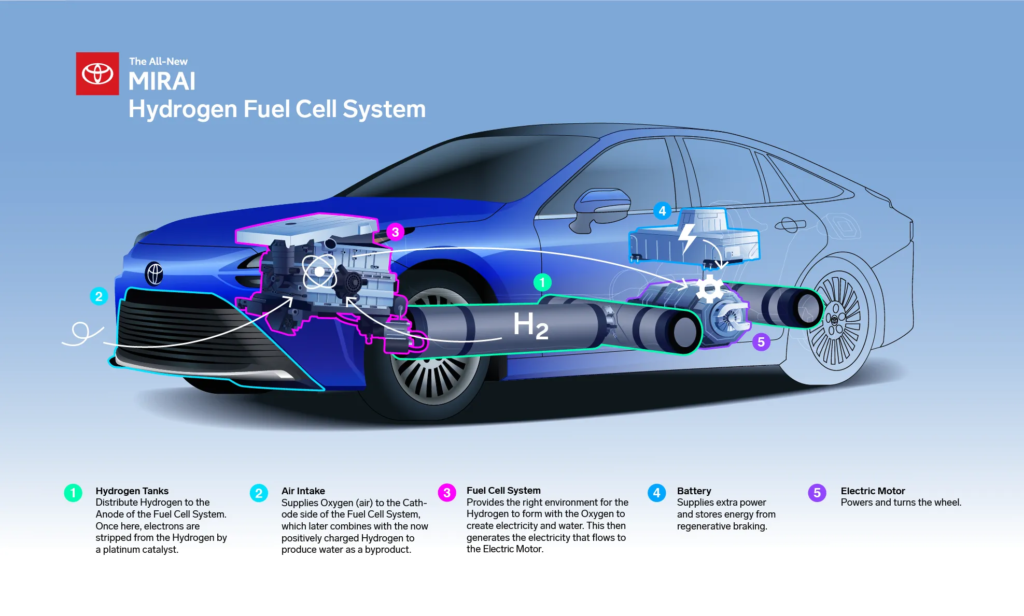












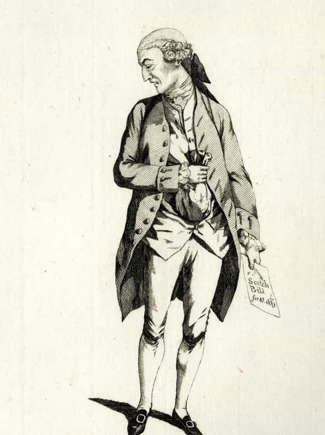
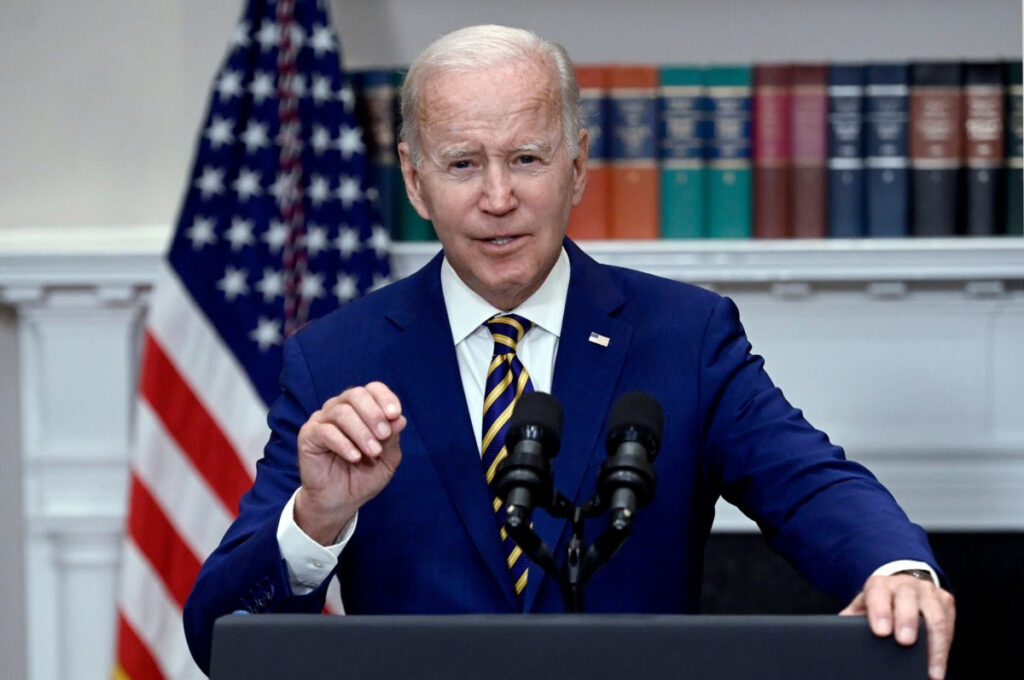

 replied to
replied to 
 The ‘forgotten’ plants & herbs found in most gardens that support healing
The ‘forgotten’ plants & herbs found in most gardens that support healing Grab a copy of Ancient Remedies Revived Today
Grab a copy of Ancient Remedies Revived Today